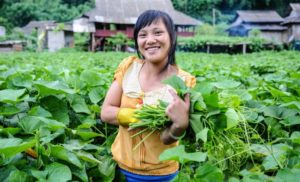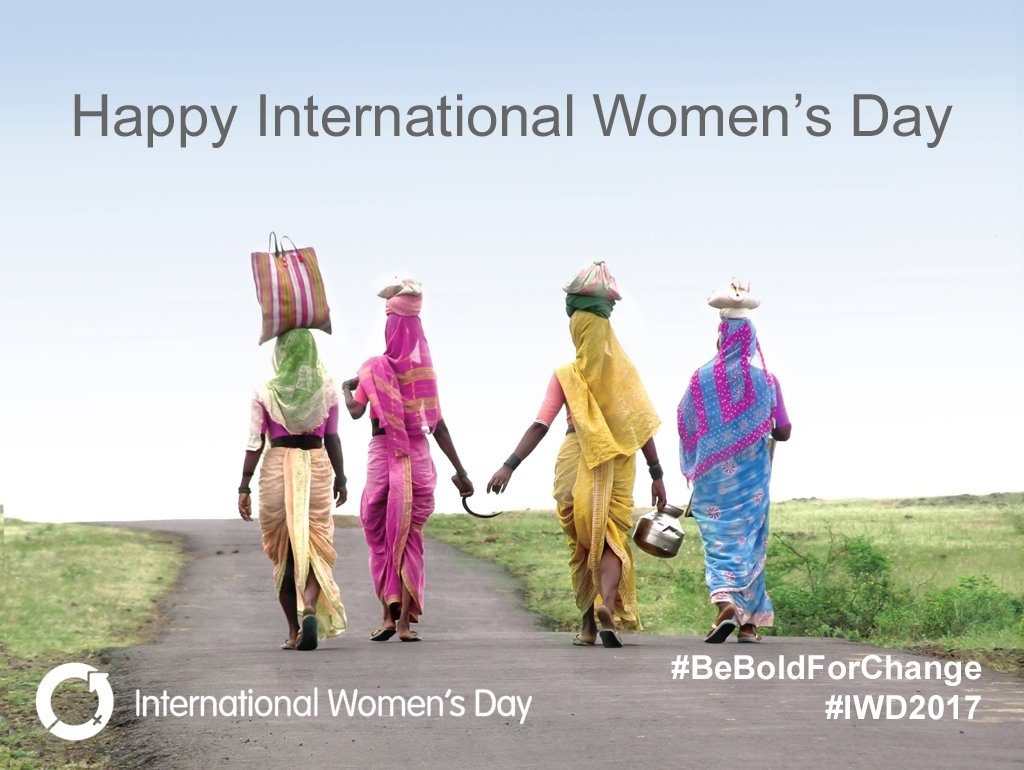 It’s International Women’s Day and while many are asserting their inherent value by participating in “A Day Without A Woman’ events, small scale female farmers in the developing world don’t have the luxury of taking a day off from their responsibilities.
It’s International Women’s Day and while many are asserting their inherent value by participating in “A Day Without A Woman’ events, small scale female farmers in the developing world don’t have the luxury of taking a day off from their responsibilities.
Women are the ‘invisible’ producers of more than half of the food which is grown around the world.They are responsible for feeding the majority of the global population. Investing in their access to education, microcredit and insurance, addressing land tenure policies, and improving their access to markets are integral to addressing global food security for a population expected to surpass 9 billion by 2050.
At present, women are under-represented in science and women farmers face unequal access to resources, such as land and seed, hindering their productivity. By acknowledging the gender disparity and working together to bridge it, we improve research and build food security for all. Close the gap. Feed the globe. (CIMMYT)
According to the UN Food and Agriculture Organization (FAO) 60-80 percent of farmers in non-industrialized countries are women and “between 43 percent to even 70 percent of agricultural labor in some countries comes from women.
A recent GENNOVATE report on the impacts of gender on agricultural innovation found that unattached — often widowed — women who working their way out of poverty as they run their own households and support their families running small farms, handling livestock, or working in small trades.
In fact, data from a World Bank report shows “some of the highest rates of poverty reduction in communities where we received reports of more numerous women-headed households.”
“I am proud to say that I am one of them,” said a 42-year-old woman farmer from a village in Ethiopia, describing how she moved her household out of poverty. “I have been moving up since I divorced my husband and started raising my eight children alone. I have rented land . . . and entered into equb (an informal savings group) to buy inputs for my land. I also am growing vegetables as well as selling firewood.”
 The article Despite hardships, women running own households provide model of empowerment and innovation shares stories of single women innovators in sub-Saharan African countries: a 48-year-old Ethiopian women who planted improved maize seeds and successfully introduced potatoes as a local crop; another who became a cattle breeder after successful processing and marketing a rare banana root; yet another who improved crop yields by using a ‘hybrid” maize and only planting two seeds per hole.
The article Despite hardships, women running own households provide model of empowerment and innovation shares stories of single women innovators in sub-Saharan African countries: a 48-year-old Ethiopian women who planted improved maize seeds and successfully introduced potatoes as a local crop; another who became a cattle breeder after successful processing and marketing a rare banana root; yet another who improved crop yields by using a ‘hybrid” maize and only planting two seeds per hole.
As success stories profile the need for gender equity in agriculture, female farmers in the regions of the world which most need innovation and hearty sustainable farming practices to meet tomorrow’s global needs will require ready access to education, funding, and legal assistance to obtain property rights.
In fact, focusing on gender equity in agriculture right now could successfully address food insecurity which currently effects 130 million people.
“If women had the same access to productive resources as men, they could increase yields on their farms by 20–30%. This could raise total agricultural output in developing countries by 2.5–4%, which could in turn reduce the number of hungry people in the world by 12–17% ” (Source: CGIAR)


